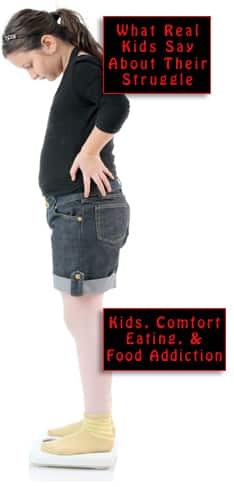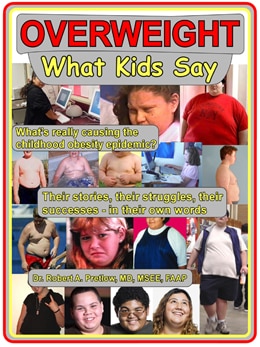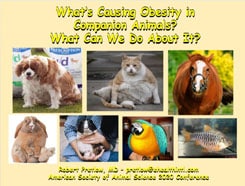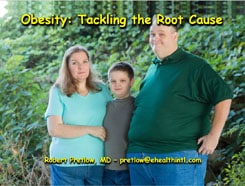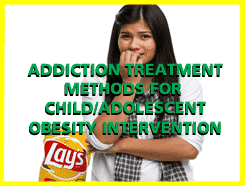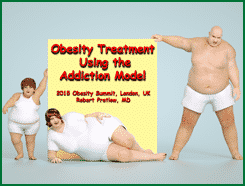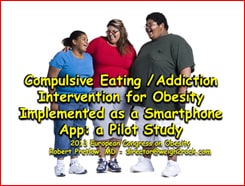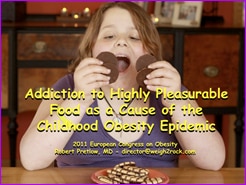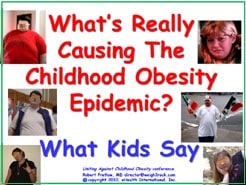New Global Review Reveals Key Early-Life Factors Driving Childhood Obesity

A growing body of research has long suggested that the first years of life shape long-term health outcomes. Now, a major new analysis has brought unprecedented clarity to the early-life factors most strongly linked to childhood obesity — and what parents, healthcare providers, and policymakers can do to intervene earlier and more effectively.
A comprehensive new review of 177 global studies has pinpointed the strongest maternal and infant factors linked to childhood obesity in the first 1,000 days of life, offering insights to guide early prevention strategies.
A landmark global analysis
The review, “A major new systematic review, published this month by Obesity Reviews [the link is ours], has identified the most consistent maternal, paternal and infant factors linked to childhood obesity in the first 1,000 days of life.” Conducted by an international team from the Early Nutrition and Long-Term Health Task Force at ILSI Europe, the project represents the most extensive effort to date to map early-life influences on obesity risk.
As the report summarizes,
The researchers screened more than 17,000 publications and analysed 177 studies — including data from over 1.8 million children across 37 predominantly high-income countries. The average childhood obesity prevalence reported across these studies was 11 percent.
Ultimately, “In total, the team identified 23 risk factors consistently associated with a higher likelihood of childhood obesity.”
The strongest early-life risk factors
The findings underscore how maternal health, fetal development, and infant growth patterns collectively shape obesity risk. According to the review, the most influential factors include maternal health, and birth and infancy. In particular, “Higher maternal pre-pregnancy weight, excessive gestational weight gain and smoking during pregnancy.” And “Higher birthweight, being large for gestational age, lack of breastfeeding and rapid infant weight gain” for birth and infancy.
Critical knowledge gaps still remain
Despite the massive scope of the study, researchers warn that significant blind spots remain. As the report notes,
Despite the breadth of available evidence, the authors report several notable research gaps. These include limited study of paternal factors and the preconception period, as well as a lack of research using non-invasive biomarkers. The review also calls for more standardised data collection to support large-scale meta-analyses and more accurate models for predicting childhood obesity risk.
Closing these gaps, the authors say, will be essential for developing more accurate, personalized early-life obesity risk assessments.
Opportunities for earlier and more effective prevention
Research proves that multi-faceted intervention on an earlier side helps prevent childhood obesity. One of the central messages of the review is that intervention must begin before birth, and ideally even earlier. Chair of the expert group, Dr. Romy Gaillard, emphasized the importance of using the first 1,000 days as a window for prevention:
Parents-to-be or parents of newborns are in frequent contact with healthcare workers, and are often motivated to make lifestyle changes that benefit both their own health and the health of their children. Our systematic review provides the most comprehensive overview of family-based risk factors for childhood obesity from preconception to two years of age.
She also notes that improved predictive tools may transform how obesity prevention is delivered:
She added that improved early-life risk assessment, supported by advanced modelling, could help target prevention strategies more effectively.
This landmark review offers the clearest picture yet of how early-life environments shape obesity risk — and how early, targeted interventions may hold the key to reversing global childhood obesity trends. With evidence spanning millions of children and dozens of countries, the message is unmistakable: Supporting families before and after birth is not just beneficial — it is essential.
Your responses and feedback are welcome!
Source: “Risk Factors in the First 1000 Days of Life Associated With Childhood Obesity: A Systematic Review and Risk Factor Quality Assessment,” Obesity Reviews, 11/19/25
Source: “New systematic review reveals strongest early-life risk factors for childhood obesity,” New Food, 11/24/25
Source: “Multi-component school intervention reduces obesity and improves health behaviors in children: a cluster-randomized controlled trial,” Nature.com, 11/18/25
Image by Vanessa Loring/Pexels










 FAQs and Media Requests:
FAQs and Media Requests: 